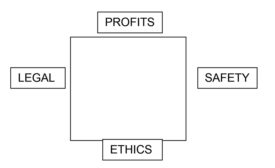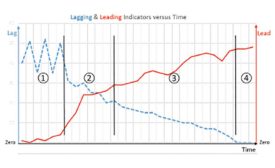OSHA
Focus on organizational and human factors impacting risk
Hit the reset button
December 12, 2017
Re-Imagining OSHA in the Trump era
Would doing away with safety regs help or hurt you?
September 1, 2017
The OSHA blaming and shaming game
Does negative press change corporate misbehavior?
August 1, 2017
Reducing serious injuries and fatalities
You must advance from the reactive OSHA approach
March 1, 2017
Satisfied with your safety management system?
Here’s how to determine efficiency
February 17, 2017
Never miss the latest news and trends driving the safety industry
eNewsletter | Website | eMagazine
JOIN TODAYCopyright ©2024. All Rights Reserved BNP Media.
Design, CMS, Hosting & Web Development :: ePublishing













